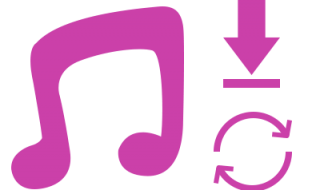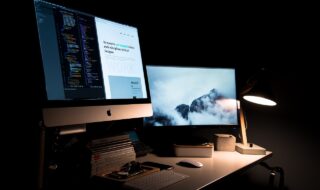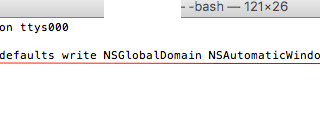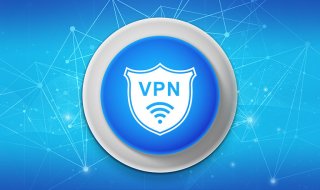Millions don’t have enough funds to upgrade the Mac computer. You can extend the life of the macOS machine by upgrading a few components and following a few optimizing methods. I have followed the methods and added a few more years.
Contents
Upgrade Memory and Storage Device
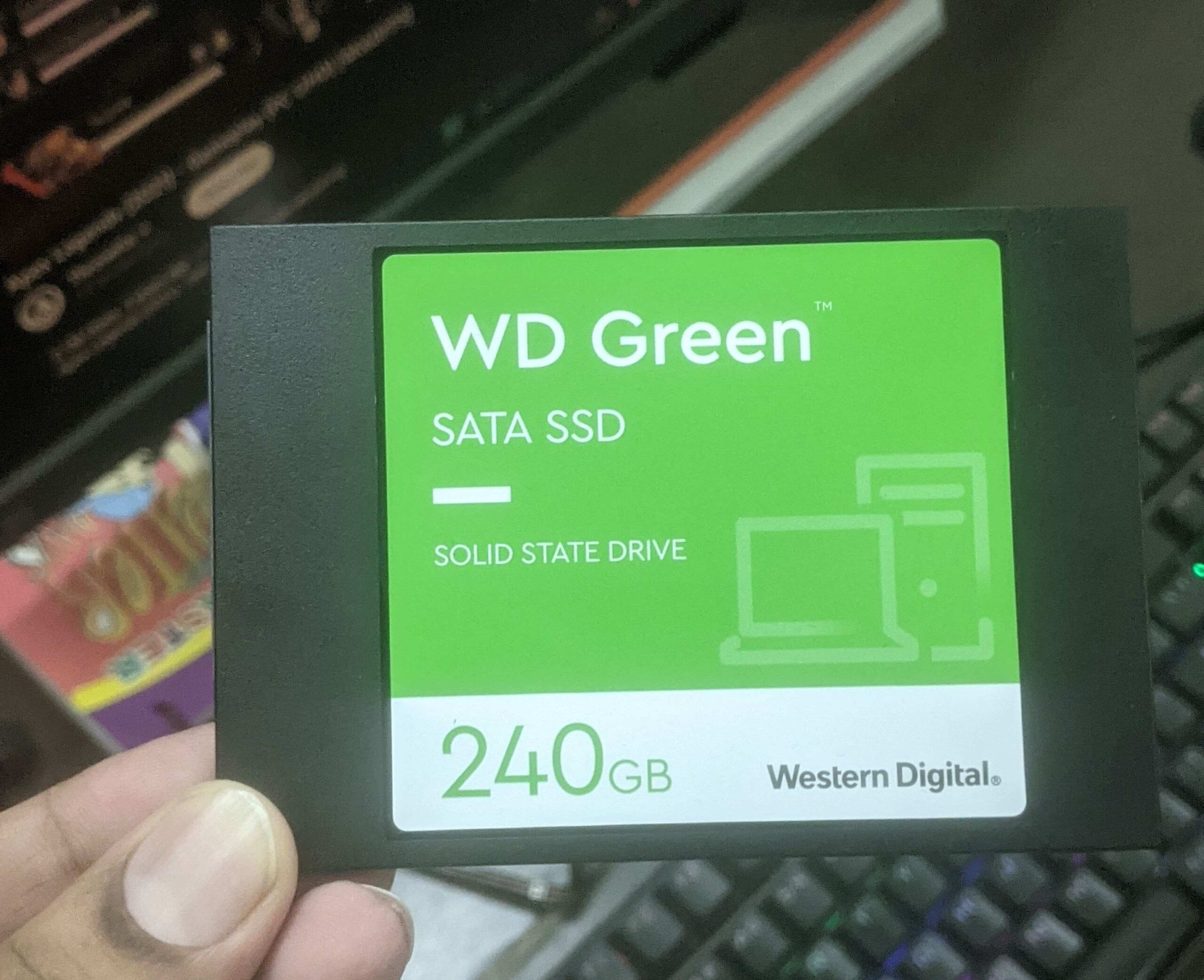
Older Mac computers run on mechanical hard drives. The slow 5200 rpm storage device slows the app’s opening and closing. Upgrade the Mac with a Solid-State Drive costing less than $20. We have purchased numerous SSDs ranging from 120GB to 240GB for many older laptops.
Memory is another hardware component you should consider upgrading. Many older Macs have less than 4GB RAM. Programs never stopped progressing and have increased the bar. Most mainstream browsers require a minimum of 1 GB of memory, but websites take up more than 2 GB these days.
Clean Up the Hard Drive
Repair the hard drive using the disk utility. The advanced option will fix the errors and restore the drive’s health.
1. Open “Disk Utility” from Launchpad.
2. Select the storage drive or volume. I will suggest selecting the storage drive.
3. Click on the “First Aid” from the top menu.
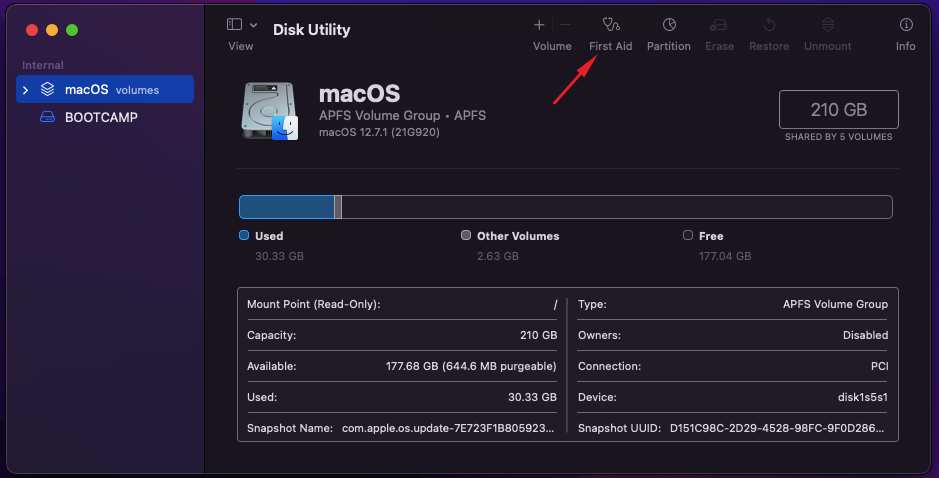
4. Click on the “Run” from the pop-up window.
5. Leave the Mac alone for several minutes.
The system will stop responding for several minutes. Do not force shutdown until the first aid finishes the task.
Disable Login Items
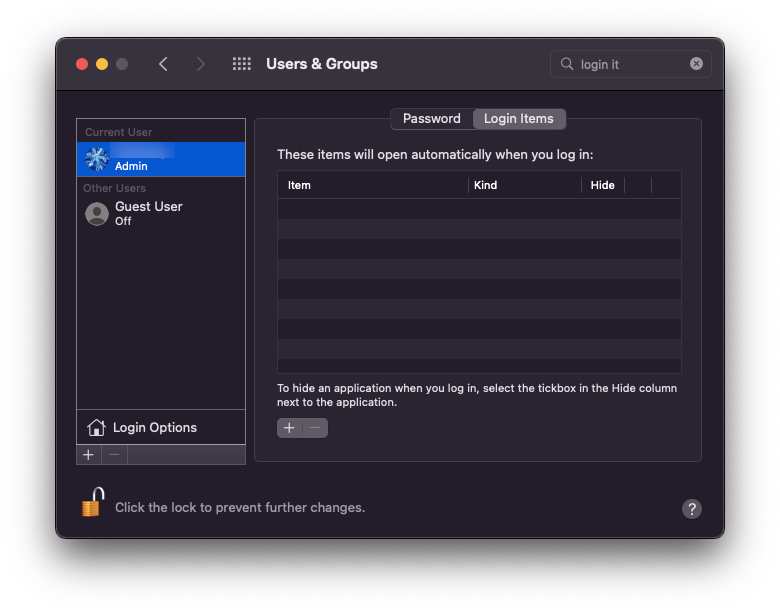
The macOS loads programs while it is booting the operating system. Let me show you how to turn off the login items and speed up the booting process.
1. Click the Apple logo from the top menu.
2. Click the “System Settings” from the drop-down menu.
3. Click the “General” option.
4. Click the “Login Items” on the right side.
5. Disable unnecessary items.
I have turned off everything from Mac login items. I don’t think I need a Chrome Updater or anything else.
Use Mac Cleaners
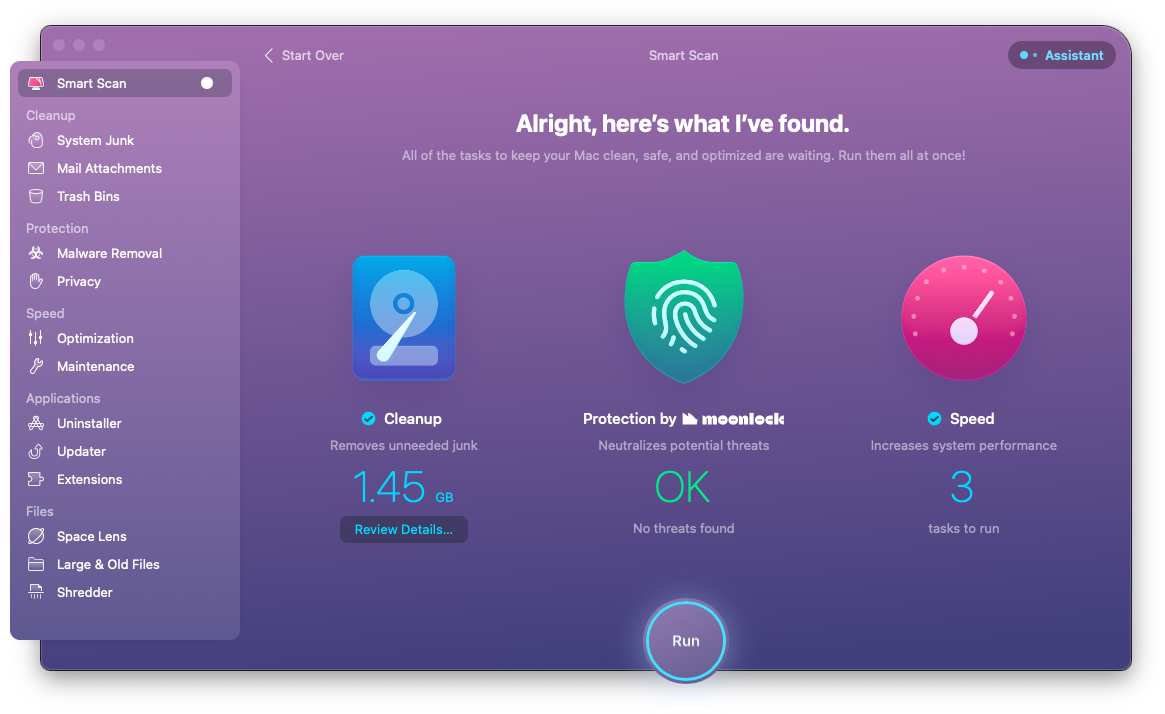
Everyone had a slow and ageing computer. I have installed a Mac cleaner to remove unnecessary files and junk from the storage. There are many solutions available in the market. You can try CleanMyMac, Daisy Disk, Onyx, CCleaner, MacKeepr, etc. I have removed junk from the trash bin, programs, and temporary files.
Use a Lightweight Browser
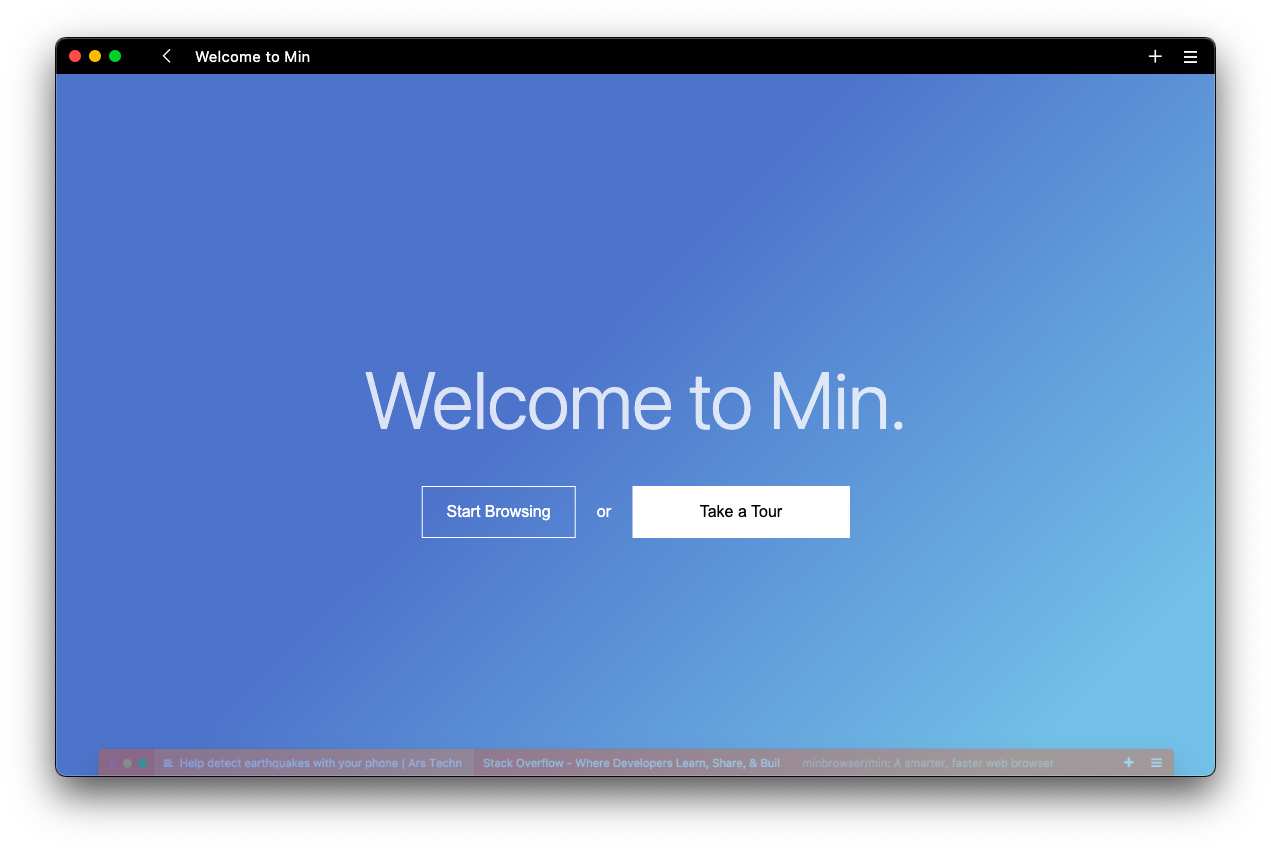
Brave Browser is one of the lightweight programs. The program protects you from web tracking and blocks advertisements, malware, and cookies. I opted for the freeware since I didn’t have to worry about data selling.
You can try Min for Mac because it is an open-source project and consumes less memory. The developers have followed the Safari user interface for macOS users. I highly recommend open-source projects for a clutter-free and private experience.
Uninstall Unused Apps
We install multiple programs and apps on Mac. Remove the unused apps to free up the internal storage and decrease the background activity. Many programs run the background without your knowledge. Removing the unnecessary programs will help in speeding up the MacBook or Mac.
Clean Up Downloads and Desktop
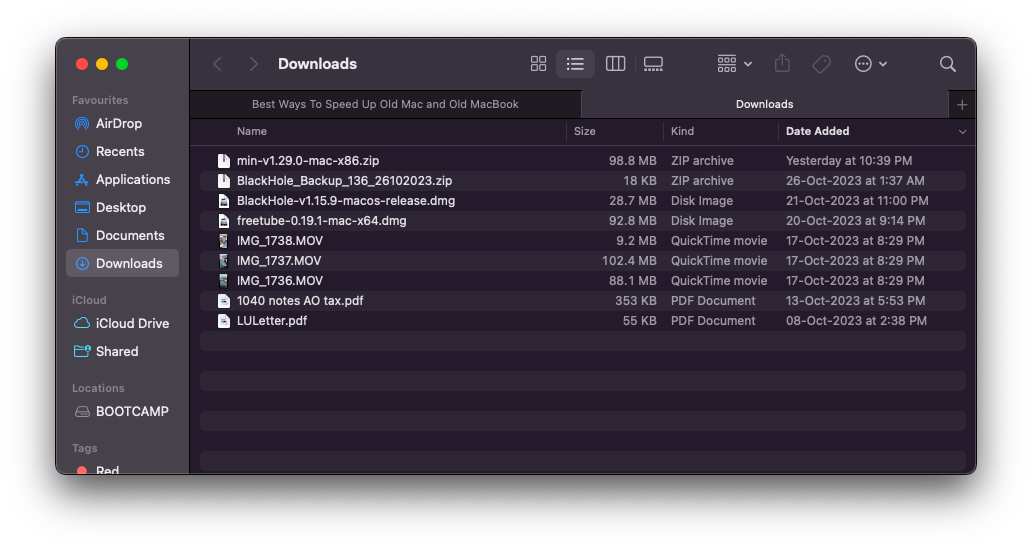
Almost every user leaves the documents, files, and content in the downloads folder. Remove the useless files and free up the SSD or HDD storage capacity. Include the Documents and Desktop folder in the checklist.
Clean macOS Install
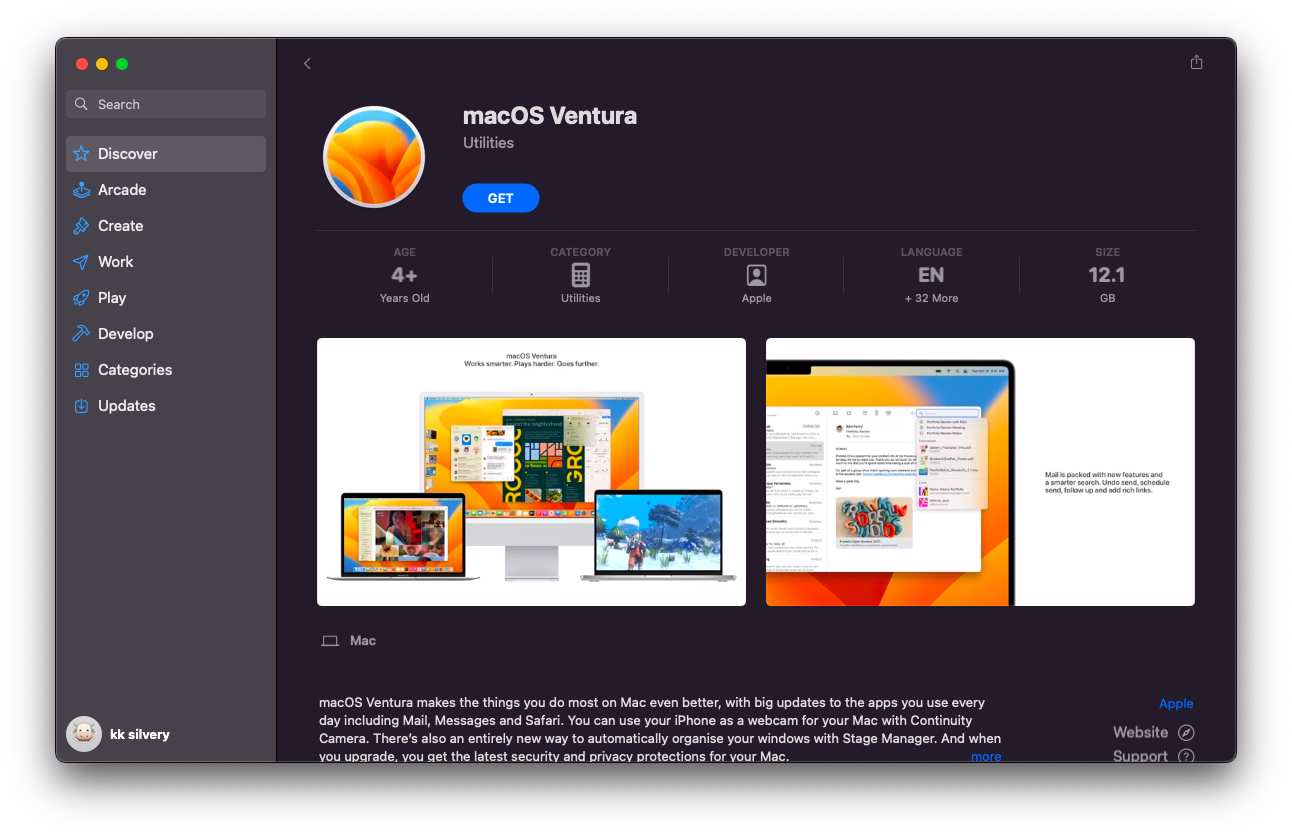
macOS is a highly optimized operating system when compared to the competition. However, you will notice a decline in hardware performance over time. The programs, files, temporary files, junk, and other things pile up.
Who has the time to find every problem and resolve the issue?
Reinstalling macOS software is the fastest way to improve performance. Create a data backup and reinstall the operating system from the Recovery options. You have another solution to create a bootable live USB and reinstall the software.
Switch to Linux
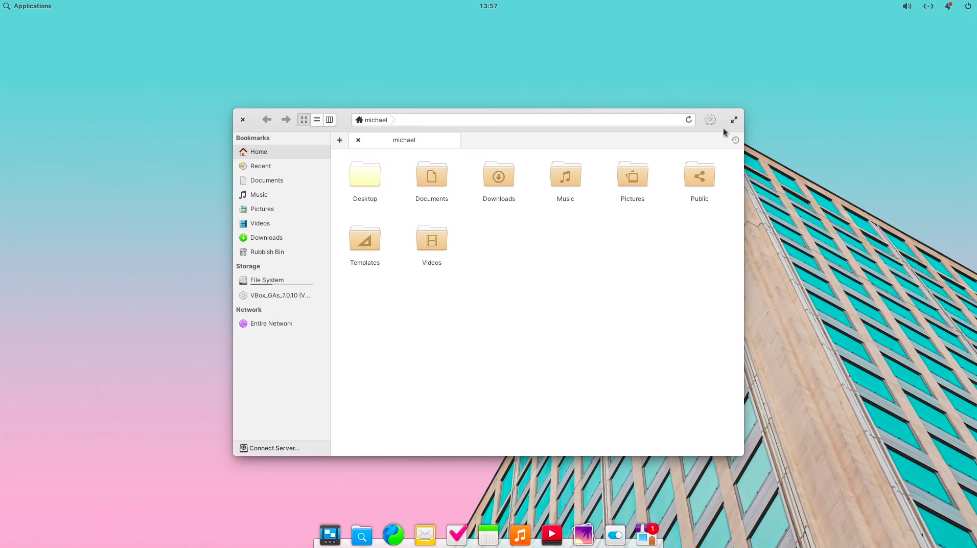
Linux is another option for the aging Mac and MacBook users. I tested the first Linux distribution in 2017, and I fell in love with the software. The community-backed freeware supports Mac computers dating up to fifteen years. The Mac will receive security and software updates until the world moves on to the newer generation. MacBook owners may have to compromise with the battery backup. You won’t get the same battery back as macOS. Still,
I recommend the readers try Ubuntu or elementaryOS (designed for Mac users).
I recommend readers always choose the LTS (Long-Term Support) editions.
The suggested operating system can run on a 2 GHz Dual-Core processor, 4GB memory, Integrated Graphics, and 120GB SSD.
Bottom Line
Give Linux a try because you can find alternative programs and applications. You got Brave, Min, VLC, LibreOffice, Audacity, Blackhole, FlameShot, FreeTube, BleachBit, etc. You can find hundreds of open-source solutions without paying a penny. You will get world-class security from the community. Microsoft, IBM, Google, and other companies support the open source projects. Let us know your thoughts in the comment section.
